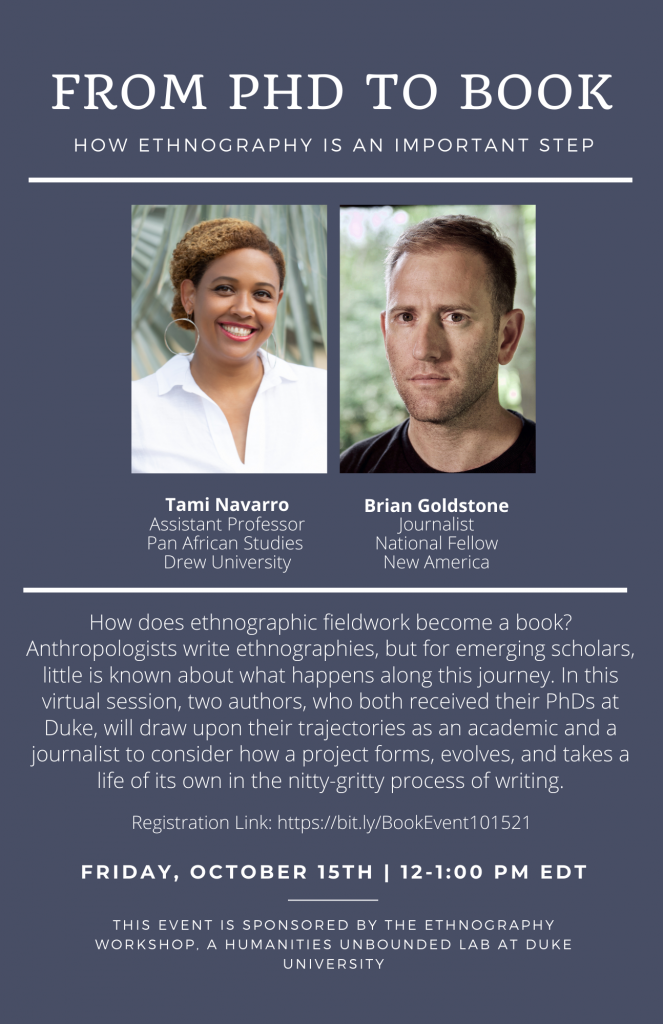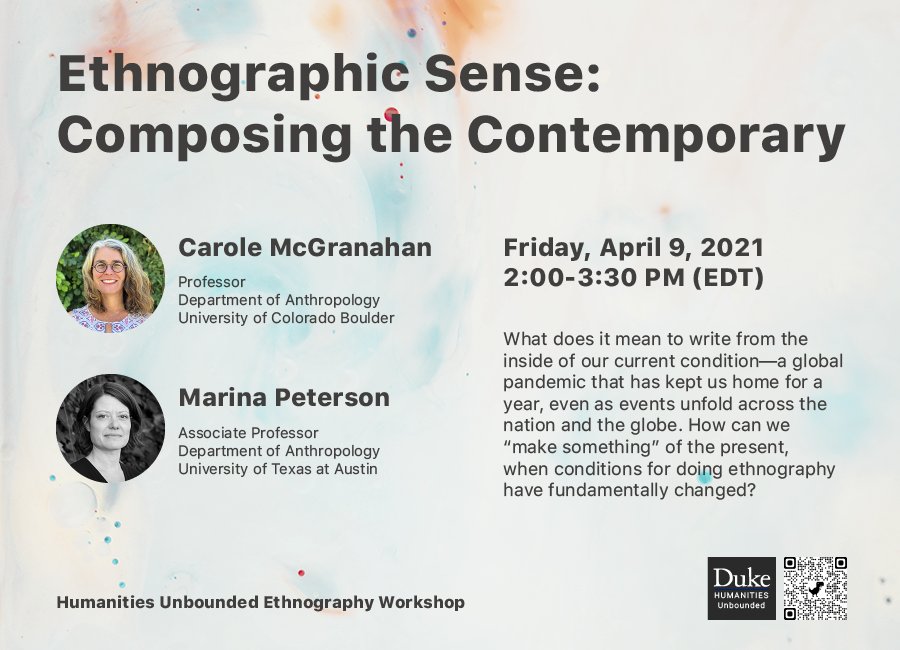On February 19, we gathered for our second session which was organized with the generous sharing of works-in-progress by Anne Allison and Jake Silver. We read both of their works, and shared what came to the mind of each of us, what we’d like to hear more about, and how we can do anthropology when the object of description/inquiry is not so clear as we may assume. I share here the opening remarks by the two organizers, and some portion of the conversations (at the expense of their original richness).
Anne: These are the last two sections in what is a chapter in the book I’m writing on new mortuary practices in an era of downsizing sociality in Japan. The chapter takes on a new genre of business called “companies that deal with the possessions of the deceased” (遺品整理会社) that also clean-up residences where corpses of the lonely dead (people who have died alone and left behind corpses that go undiscovered for up to several months) are found. In the chapter I am interested in the smell these corpses emit that are often what provokes discovery in the first place (by landlords, neighbors, passers-by). The smell of unsociality: being alone, and undiscovered, at death. I invite a discussion of death/the senses/care as they come together in this work performed by manual workers. Quite astounding I find this. And wonder if you do too. And, of course, how to write this, how to ethnographize this, how to “do” this.
Jake: What I’m sharing touches upon affect, atmosphere, and life/death. The portion of the chapter I share with you focuses on jokes—that I kept hearing regarding the smell of outer space. I initially resisted writing about these since they seem far from the realm for “astronomy” or “politics.” Then I came to realize they were important ways in which understandings about the sensuous atmosphere of colonialism and outer space were bleeding into one another. Perhaps the sky harbors things that can hurt Palestinians. The sky can be an enemy. The place—Gaza—is often called as an open-air prison, but the air is not quite “open”—the air is under seizure. How can one make sense of the jokes about the sky when they may be commentaries, aspirations, imaginations that derive from the life under seizure here, in that particular place? Why do people exchange banters about the smell of the moon? I’d appreciate any comment and critique.
Questions from the floor
Shreya: Jake, I don’t know why, but somehow, the way you talked about the sky reminded me of the forest, or jungle—as space of the unknown with perpetual danger. The potential for extraction and abuse. A landscape of infinite knowledge that demands intimacy. Do you think that there’s something about the expansion of the self in humans trying to prospect and extract from the sky?
Cody: Jake, I liked your invocation of synesthesia (one sense’s automatic recall of a different sense). I wonder what does it actually mean to “feel the sky”—which you’re grappling with in your writing here—to figure out, say, “experience” of the world under certain conditions. In terms of synesthesia, you try to look and feel here. For me, feeling is something tactile, and I wonder in what sense you are connecting the sight and feeling here. Is there something beyond what it means to see in the jokes? Is there something that you’re looking for in regard to how the world is, or can be, “experienced”?
Emily: Why smell? What is it about the smell that provides people something that is out of reach for others, or outside language? I am really interested in the organization of sensorium, and this varies across time and space. So I feel like it can be very productive to think along this line—perhaps synesthesia is one way. How can smell be situated? And also, about affect, people have different understandings about affect, and where to locate it, i.e., inside/outside bodies or elsewhere. So I think the organization of writing here doesn’t have to be cleanly separated.
Sophia: I am interested in the tension between phenomenology and affect. In Jake’s work, the sky seems to be overdetermined by the pervasiveness of occupation as something that is atmospheric. But also, you make connections between these affective encounters with hopeful potential. For me, affect is about indeterminacy, potential features, and (different organizations of) sensorium. But in this specific place, the sky looks so foreclosed by violence. When phenomenology/senses are overdetermined by the atmosphere, what happens to potential?
Cade: I’m thinking back to my interests about transduction in bodies. Could we talk about the place of the biological in the ethnographic? Particularly smell. For anne, the ethnographic seems to be located in the ruptures and affordances of biological processes: Corpses, the biological and physical responses. With Jake, if this can be productive, could the biological be another way to think about how overdetermined mechanisms actually control biologies of people?
Ralph: I’m interested in phenomenology and the speaking subject. Does affect theory—in its phenomenological emphasis—fail to deal with the physiological or the biological somehow? Can they address, for example, blood pressure, heart beats, panic as a physiological response inside your body? I read that both of you deal with the sensorium, and also speaking subjects, extrapolating from jokes, smell, corpses, reaching out to larger theoretical claims about colonialism, enclosure, (un)sociality. To what extent can we depend on the speaking subject to produce ethnographic knowledge? How can the ethnographic encounters be different?
Jieun: In anne’s sections, I was struck by the organization of writing where anne puts the work of cleaners on par with the work of miniature artist. In my work, I think a lot about how to value care laborers, what figures I may discuss to what questions, and so on. I expected to hear about cleaners in this chapter, but not dollhouses. The labor of art and art of labor—the distinction between these two, as anne describes, is not clear in the lives of people. It only becomes compartmentalized when they get to be written. So this was something that caught me. I wonder if you have considered using dollhouses for a different section—for different organization.



